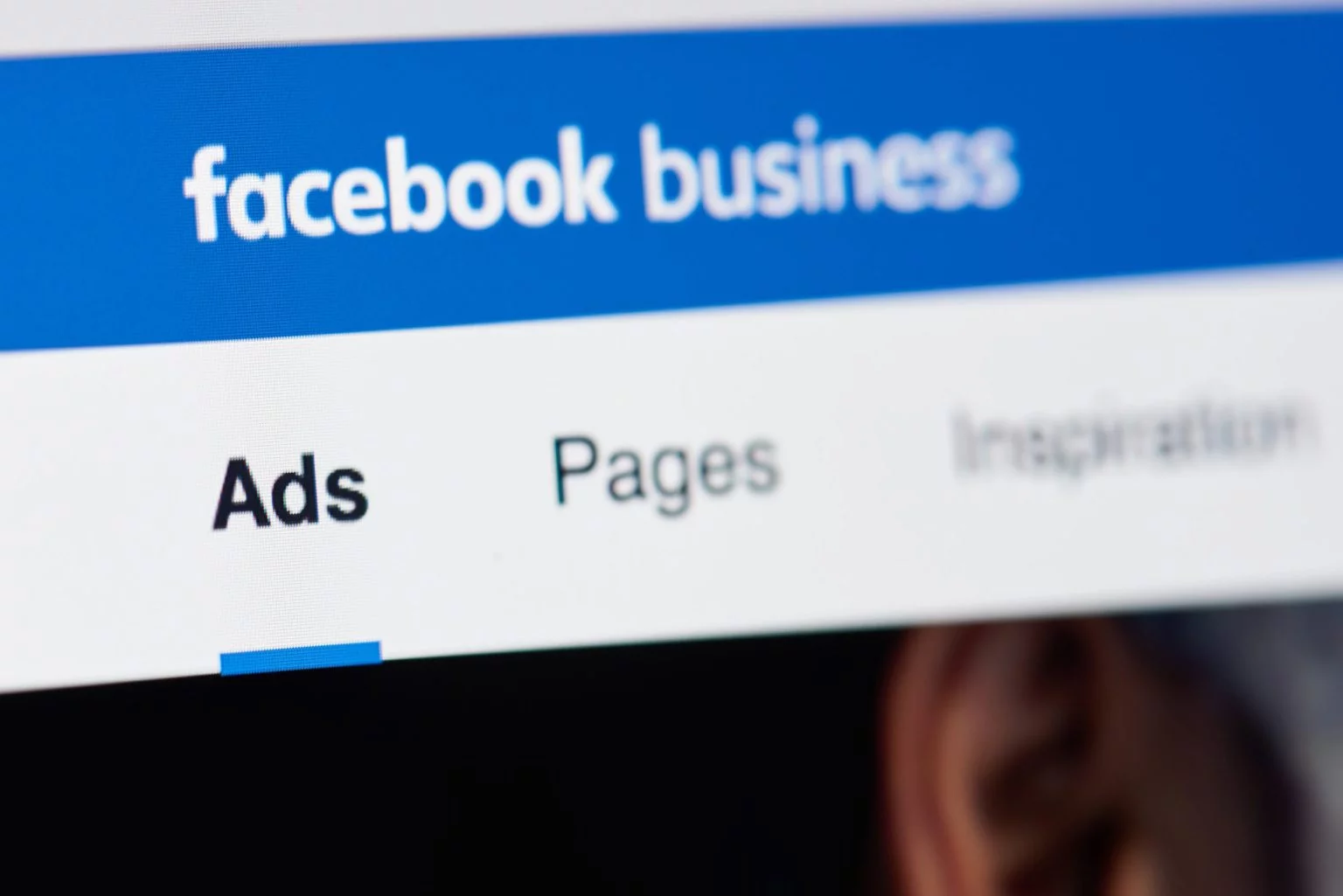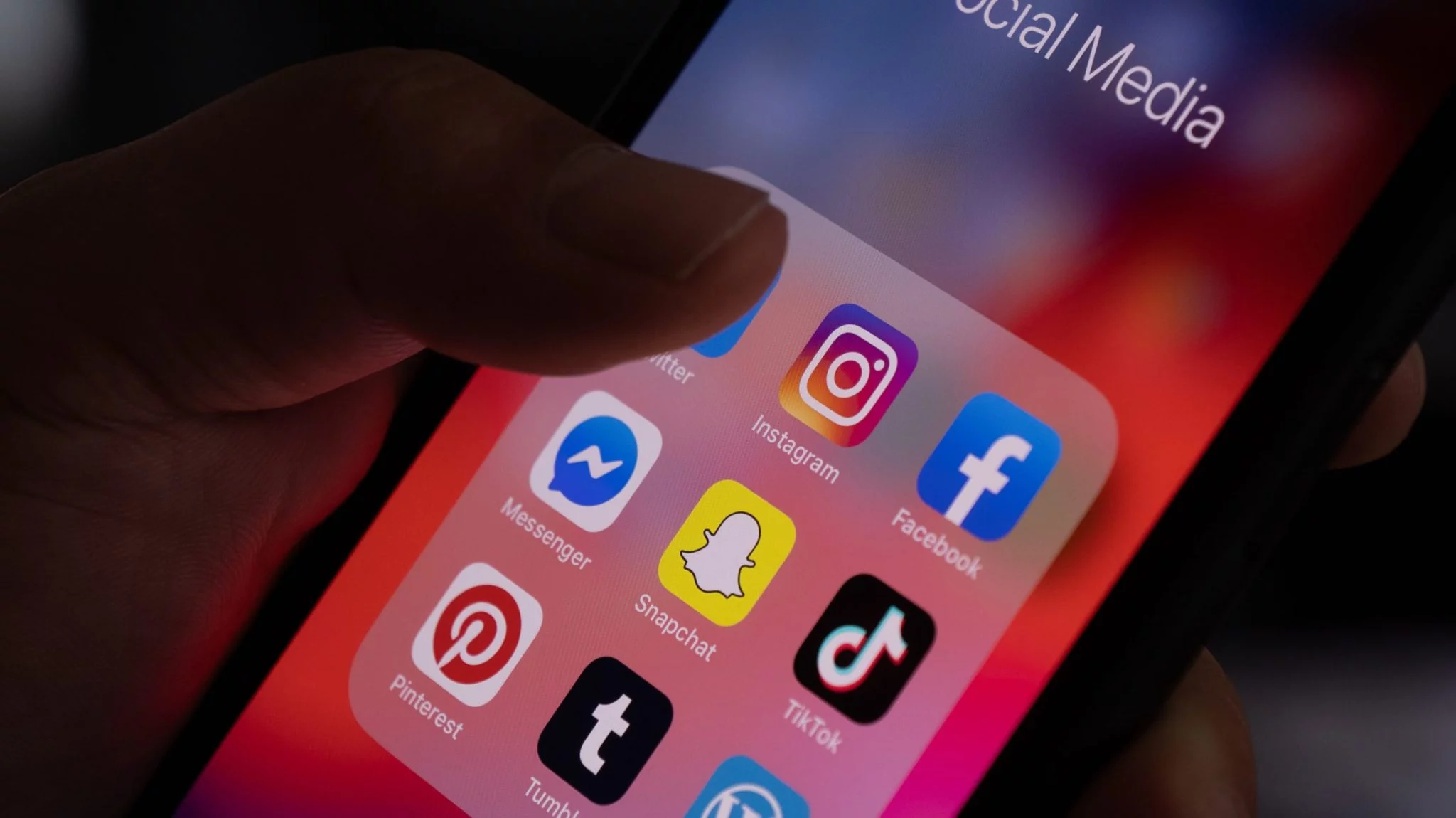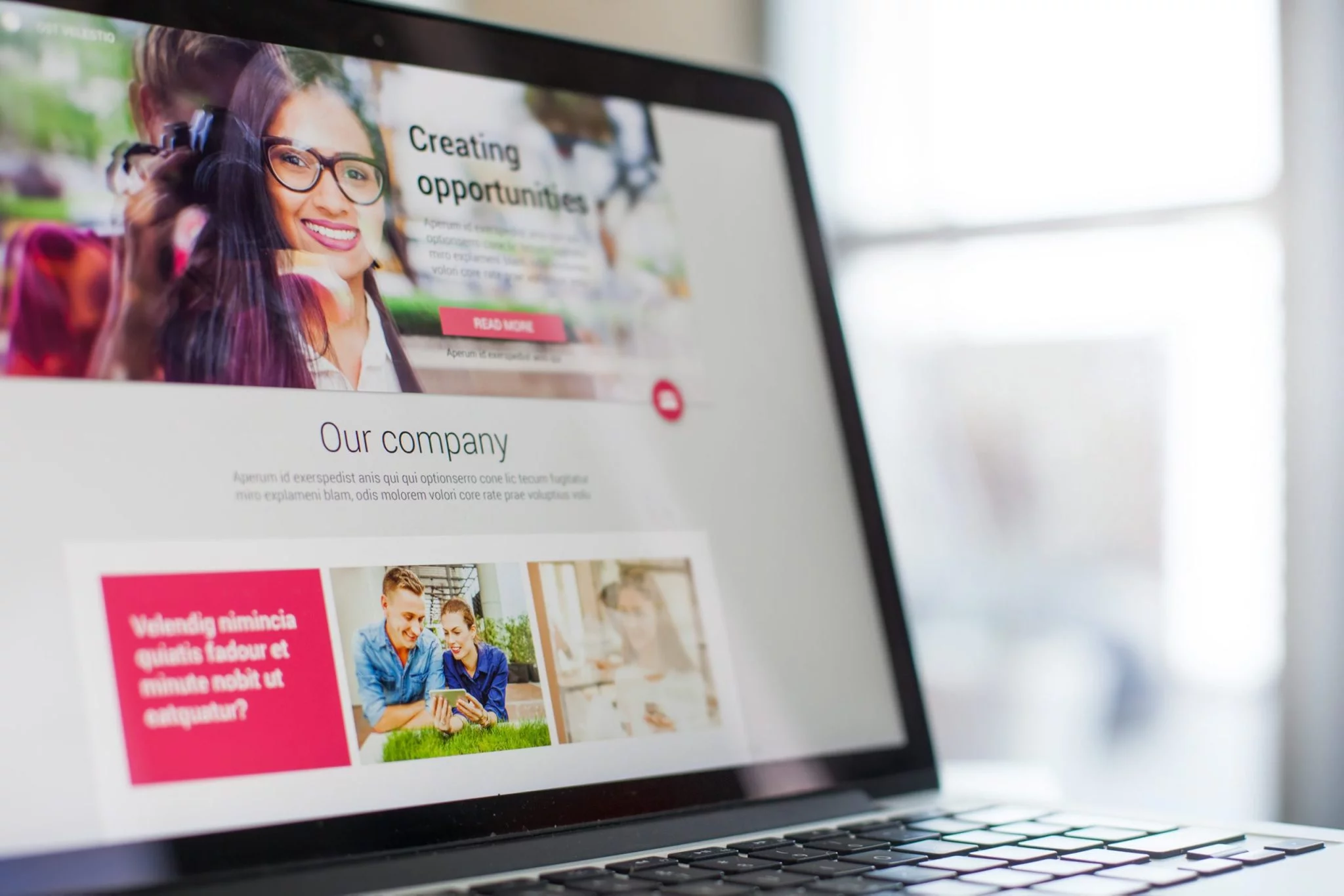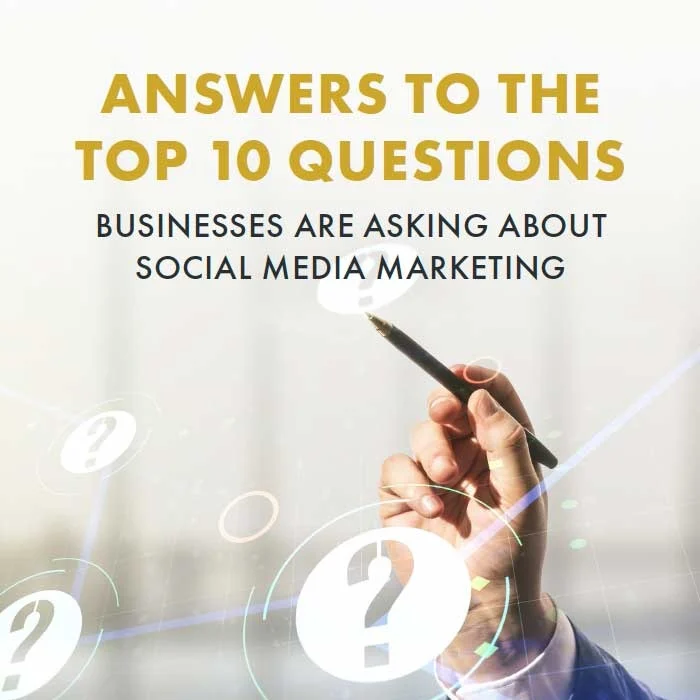Check out our Marketing Bridge below!
One key contributing factor to growing your business involves your ability to create the most consistent experience possible for consumers, regardless of how or even where they're interacting with your brand.
From the language on your website to the design of your promotional materials to the messages you're sending out on social media sites like Facebook and Twitter, everything needs to feel like it's coming from the exact same place. Brand continuity is paramount to not only make sure people know who you are and why they should care but to avoid confusion as well - especially when it comes to your marketing.
Never forget that marketing is designed to not just bring in new customers, but to give existing ones a reason to keep coming back for more. If they have poor quality or otherwise inconsistent experience, they won't want to come back and are far more likely to run into the open arms of a competitor. This is true regardless of how effective your marketing campaign is.
Thankfully, this isn't necessarily as difficult as some assume. If you want to guarantee long-term business success, you need to do what you can to make sure you are positioned to win customers and keep them for a lifetime. Doing so simply requires you to keep a few important things in mind.
Shore Up Your Marketing Bridge
Never let yourself forget that your growth mode marketing strategy will only work its magic IF you can maintain a solidly built marketing bridge as well. For the purposes of this discussion, "marketing" refers to every last thing you are doing to build your brand - meaning that this is one topic you cannot afford to ignore.
It's also worth mentioning that marketing isn't just about "throwing everything at the wall and seeing what sticks." You don't invest a significant amount of money into every channel you can think of and only then begin to refine. You start with what, exactly, you're trying to accomplish - in this case, you're trying to both attract new customers and keep the ones you already have as happy as possible. Then, you work your way backward and select the channels and techniques that can help you accomplish these objectives.
There are a large number of "moving parts" that play a role in this, including but not limited to ones like:
- The overall reputation of your brand (meaning how people see you, your products, and your services.)
- Your location (if applicable.) This includes things like parking, delivery services, and more.
- The value of your products compared to the price someone has to pay for them.
- The overall quality of your merchandising elements.
- The overall behavior of your sales team. Are they friendly and helpful, or cold and standoffish? (Hint: it should always be the former.)
Absolutely all of these things play a role in the experiences you're offering to customers and they must all be accounted for.
Quality advertising alone isn't enough to save a sinking ship. Nor is it enough to catapult your business to meet your growth goals. You could have what is objectively the most perfect social media campaign in the world - one that is attracting countless likes, shares, and retweets - and it won't mean a thing if your salespeople are rude, if your merchandise is cheap, or if you're overcharging for your products and services. You may get a few new customers - but they'll become former customers before you know it.
You must address all of these elements along your Marketing Bridge to make sure they're all shored up for the best results.
Putting the Emphasis on the Customer
To help make this easier, try to put yourself in the shoes of your average customer whenever you can. Market research and things like buyer personas are going to help you do this. If you want to go out of your way to offer the highest quality customer experience that you can, it stands to reason that you need to know as much about these customers as possible.
Pretend that you're a new customer who is just discovering your own brand for the first time. Start at one end of the Marketing Bridge and work your way to the other. What type of experience are you having? What is working and what isn't? For the parts that are less than adequate, how "bad" are we talking about? If this were an interaction with a totally different company and you could be completely honest and objective, what would you say about the experience?
Note that this is an exercise you should also do on a fairly regular basis as your target audience continues to grow and evolve. This is something that often happens as companies age. Either they'll see the market itself change all around them, or the behaviors of their audience will change and then need to be in a position to change with them. The target audience you had 10 years ago might not look like the one you have today, so make sure that this isn't an exercise you "do once and forget about."
Likewise, you'll also want to go straight to the most valuable source of information of all - your customers. They have opinions and it's up to you to listen to them.
Send out customer surveys to see what people really think. Send a Secret Shopper to your own store to observe how employees are behaving when they think nobody is paying attention—leverage focus groups to offer invaluable insight from an outside perspective.
Then, be sure to actually act on everything that you've learned along the way to create a better (and more informed) experience for everyone.
In the End
Overall, it's far too easy to take your Marketing Bridge for granted. However, you must remember that customers need to be able to successfully cross that proverbial bridge to get the satisfying experience they're after with your business.
Therefore, you need to fortify that bridge however possible and best practices like those outlined above are how you do it. Failure to do so puts your overall marketing success in jeopardy, which you absolutely cannot afford to have to happen in a crowded market.
Get your own copy of the Marketing Bridge HERE!



.webp)






















































